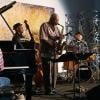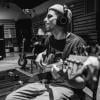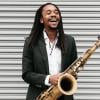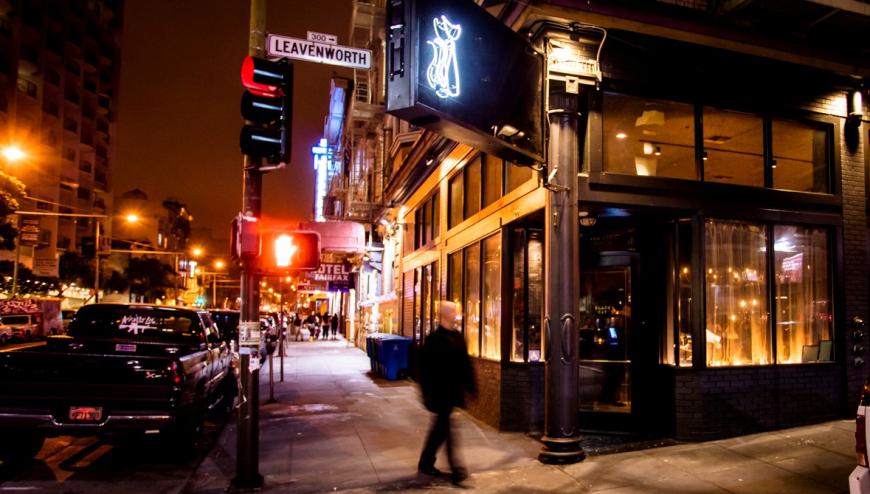
Over the dog days of summer, it felt a little like a jazz apocalypse was brewing in the Bay Area. First came word of the July 25 break-in and looting of Black Cat, the Tenderloin nightspot that’s become a far-reaching force by presenting leading New York and Los Angeles musicians over multi-night runs. The next week Sarah Wilde announced on Facebook that Club Deluxe, the bustling Haight jazz spot that has long served as a mainstay for top Bay Area acts, was closing its doors due to a rental dispute with the landlord.
Within days, however, what seemed like a one-two punch to the jazz scene’s solar plexus turned into a story of resilience as Black Cat reopened for business without missing a scheduled show (a GoFundMe campaign helped cover some of the losses) and Club Deluxe negotiated a new lease after a concerted campaign by fans and Supervisor Dean Preston. Shuttered since the end of August while the club gets a makeover, Deluxe is slated to reopen in December, according to a recent Facebook post by Wilde, who co-owns the joint with her husband.
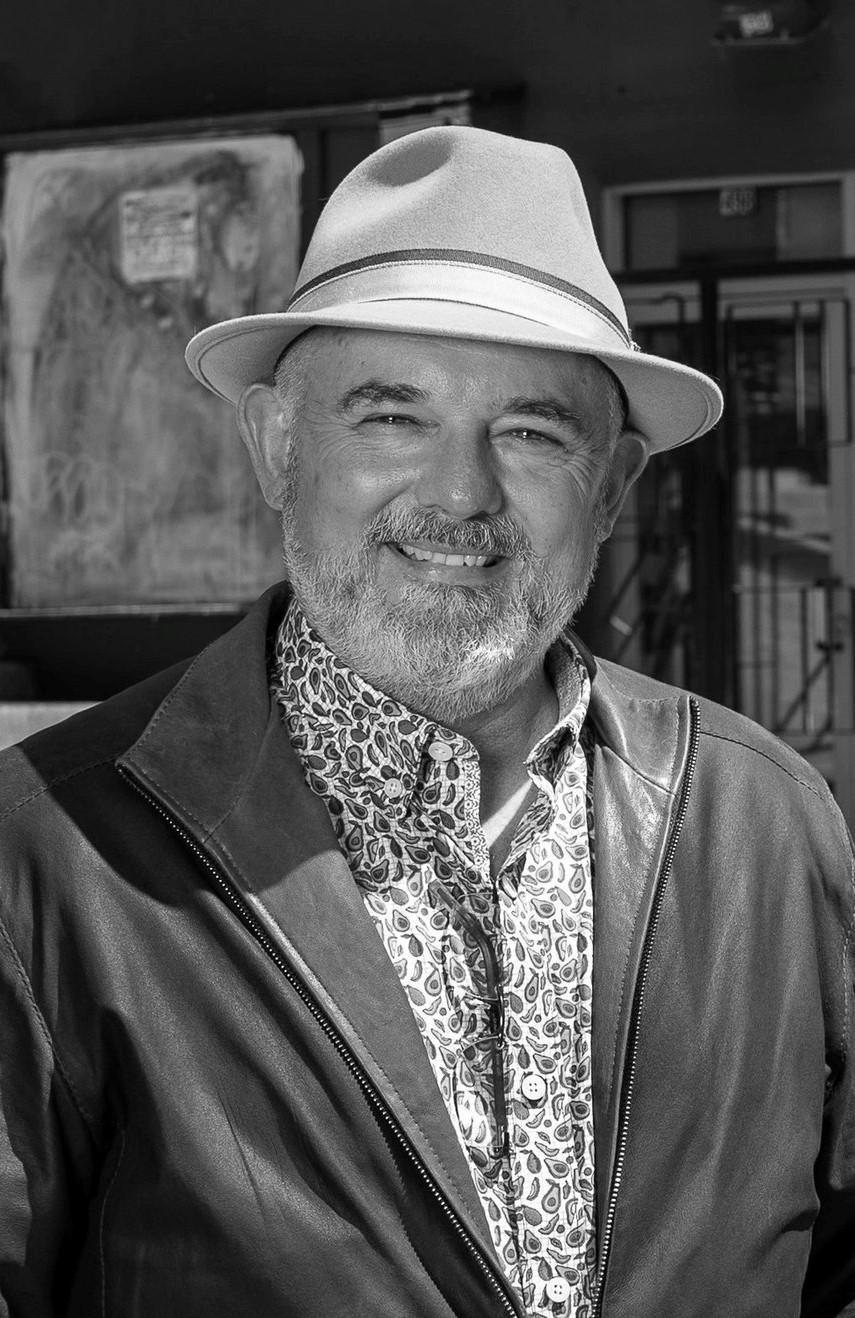
But the jazz club news is not all about disasters survived and diverted. While prevailing social and economic pressures make running a jazz-oriented venue a dicey endeavor, the Bay Area seems to be entering a promising new era. Pianist Simon Rowe, the former executive director of University of the Pacific’s Brubeck Institute and the founding director of the San Francisco Conservatory of Music’s Roots, Jazz, and American Music program, announced last week that he’s opening a new club in North Beach next month, the first dedicated jazz venue in the storied entertainment district since Doc’s Lab closed without warning in February 2018.
Located at 498 Broadway in a 4,000-square-foot space formerly occupied by Horizon Restaurant and Lounge, Keys Jazz Bistro is scheduled to open for business Nov. 10 with a glorious double bill featuring vocalists Clairdee and Mary Stallings, a legendary San Francisco artist who’s performed at every major Bay Area jazz club since the halcyon days of the Black Hawk in the 1950s.
“We’ve seen many jazz clubs rise and fall,” Rowe said. “My desire is to champion the world-class artists we have here in the Bay Area, where there are many musicians who would survive and thrive anywhere. But we’re also looking to include national and international folks who would be excited to perform.”
The club’s inaugural weekend gives a good sense of Rowe’s local focus, starting with a saxophone extravaganza on Nov. 11 featuring 82-year-old Bay Area mainstay Noel Jewkes, James Mahone, Tony Peebles, and Kristen Strom (with Erik Jekabson and Mike Olmos holding it down for the trumpeters). The Nov. 12 program is billed as a “Hammond B-3 Organ Summit,” with Rowe and Adam Shulman leading combos featuring guest saxophonists Jesse Levit and Andrew Speight. And Kenny Washington is booked for a four-night run Nov. 16–19, a major development meaning the nonpareil Oakland vocalist might once again have a steady San Francisco showcase.
Opening a new club is not for the faint of heart or the light of wallet, and Rowe has a heavy hitter backing his play in Matt Mullenweg, co-founder of WordPress and founder and CEO of Automattic. Hospitality industry veteran Eric Vance is overseeing operations. Rowe is also working with Jazz in the Neighborhood, the nonprofit organization that advocates for reasonable musicians’ wages and produces concert series around the region, often partnering with venues to underwrite gigs.
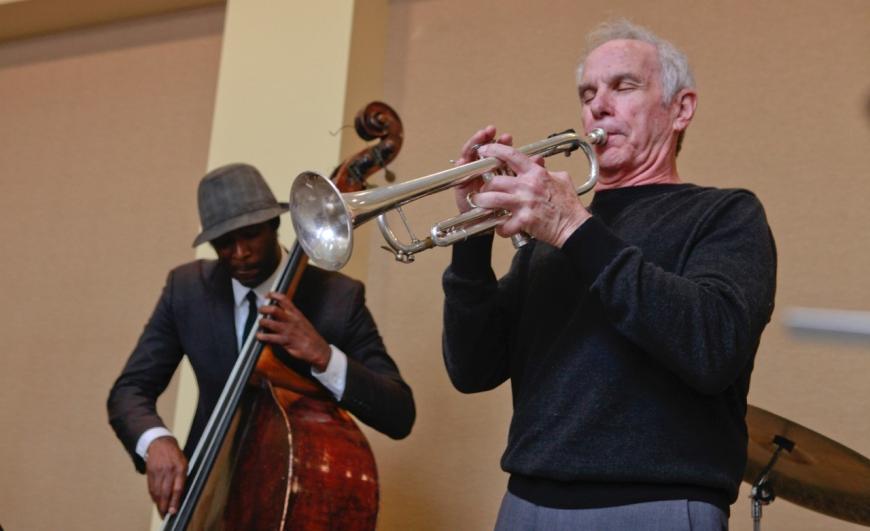
Run by trumpeter Mario Guarneri, Jazz in the Neighborhood has a small office in Keys Jazz Bistro, an alliance that speaks to Rowe’s vision of the club as “a real center of the community,” said Guarneri, a longtime trumpet professor at the SF Conservatory of Music. “We’re moving ahead with our own 501(c)(3), which will allow us to do a more thorough job of applying for grants. People are coming back in a lot of different ways, but it’s pretty fragile out there. We’ve had to ramp up our program to supplement fees. People aren’t getting paid any more than before,” though prices for everything else have spiked.
Guarneri has forged close ties to several other presenters, including Eric Whittington at Bird & Beckett Books and Records and Mr. Tipple’s, which wears its commitment to Bay Area jazz on its front door with Tracy Piper’s vivid mural of beloved pianist Tammy Hall, which Jay Bordeleau commissioned when the club reopened in May 2021 after the initial pandemic shutdown. Bordeleau sees the Bay Area jazz scene as a delicately balanced ecosystem topped by the dominant presenter, SFJAZZ (whose membership expanded considerably during the pandemic, allowing the organization to weather the shutdown in solid financial shape).
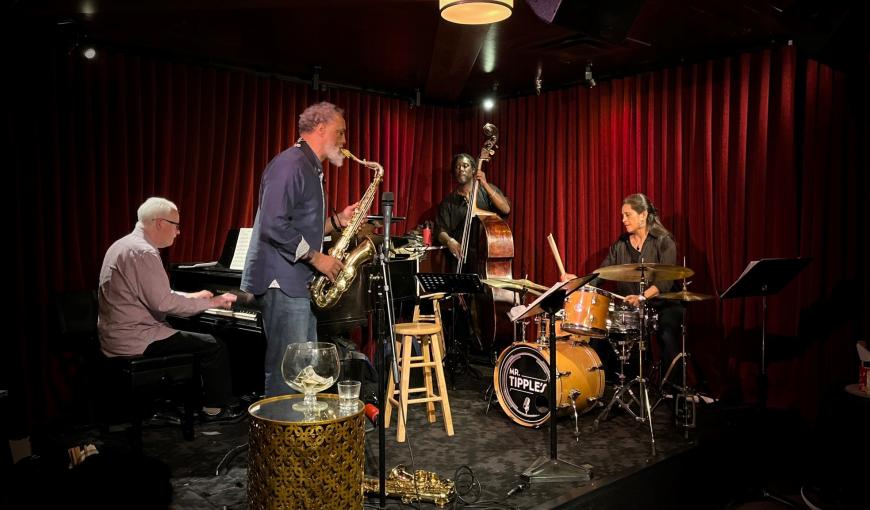
“I was super concerned when Deluxe was closing,” Bordeleau said. “I wasn’t ready for Tipple’s to become the most value-oriented jazz performance space. You need a range of options for musicians to play. Spaces for when they’re starting out, when they get more of a following, when they’re a national touring act. Different venues all doing slightly different things. The middle is a really good place for us.”
Where Keys Jazz Bistro is designed to be a quiet listening room, Mr. Tipple’s is a venue that’s amenable to socializing over dim sum and a cocktail. In filling different needs and niches, the venues provide artists with different kinds of opportunities, Bordeleau noted, pointing to multi-reed player Patrick Wolff as an example.
“He’s one of our favorite musicians, a great local talent who will be at Keys and Tipple’s,” he said. “He plays the Sound Room in Oakland and a weekly spot at the Boom Boom Room. He needs to link all of those together, but he’s presenting different music in each of those places. Tipple’s is less for ballads and nuance, a little more for groove. The Sound Room is where they can play a lot more delicately. It’s a different kind of fun.”
Even with the Mission District’s Royal Cuckoo, Madrone Art Bar, and Black Cat, the San Francisco scene still lags far behind where it was in the late 1990s. But in an era of stratospheric rent, jazz venues are finding a way to keep the doors open. We’ll be looking at the East Bay and South Bay scenes in future stories.


